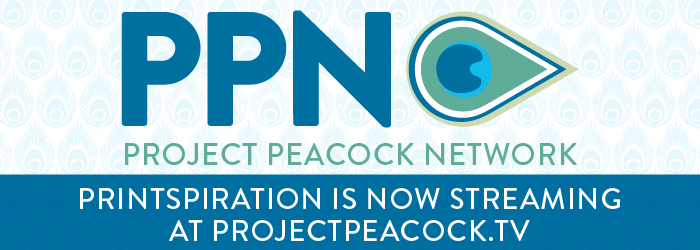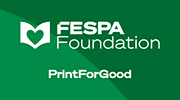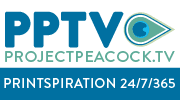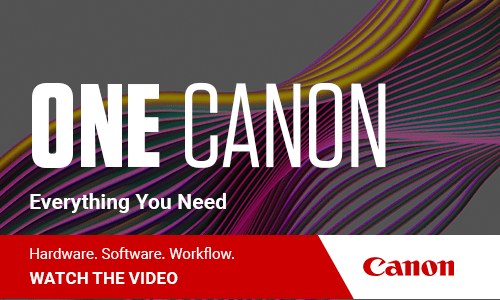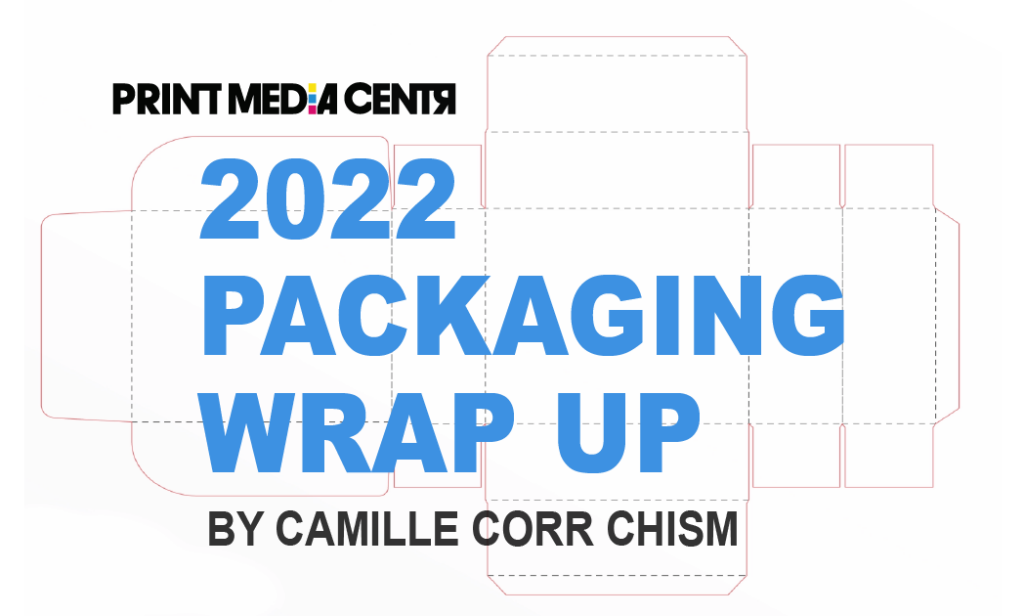 It’s hard to believe the year is almost over! Here’s a quick recap of the exciting packaging topics covered this year.
It’s hard to believe the year is almost over! Here’s a quick recap of the exciting packaging topics covered this year.
Overall, several interesting packaging topics were covered in 2022.
The blog series began the year with the topic of fast-food packaging. The very nature of the fast-food industry puts a spotlight on packaging. All types of waste, including packaging, draw attention to sustainability. Surprisingly, the history of food packaging parallels sustainable initiatives. Because most items leaving fast food restaurants must be disposed of, it is imperative to manage the waste stream in innovative ways. The perfect waste storm was created by a combination of the inability to send solid waste overseas for processing and the increase in packaging materials going directly to consumers during the pandemic.
Forbes deemed 2021 the Year of the Package and it is fair to say the theme of 2022 was digitally printed packaging, driven by customization and optimization. The focus of packaging blogs in 2022 centered around the intersection of print and packaging, with a special emphasis on the influence of digital print on packaging trends.
The best way to kick off and lay the groundwork for this year’s blog series was to go back to the beginning and delve into the history and progression of printing. The history of print tells a great story about how dynamic and innovative the industry is.
Once the foundation was laid in the history blog, it was time to look at a very popular segment of packaging, beverage packaging. The use of digital packaging is important to this segment. The ability to customize packaging is key to branding and marketing in the beverage market. Leveraging this technology enabled craft breweries to affordably pack well in small batches, while larger brands launched personalized ad campaigns and were able to efficiently reduce waste in their packaging operations.
The impacts of the pandemic continued to drag on, hitting the industry hard with paper shortages. These shortages pushed the industry further towards digital technology, as they were able to streamline, print and pack to JIT orders versus printing larger quantities.
What is 2022 without covering sustainable packaging? Earlier blogs touched on waste generation, the impact of packaging waste during the pandemic, and improving efficiency with digital print. These blogs segued well into the topic of sustainability. Many companies kicked off Life Cycle Analyses (LCAs) in 2022 to develop robust Sustainability Scorecards. The ability to print on demand reduced the need for minimum order quantities. Digital print increased the ability to utilize earth-friendly inks and novel materials, lent more control to the use of energy, and emphasized the need to reduce material and test new pack concepts with lower risk. Other positive sustainability impacts include reduced fuel usage for transport, lower space requirements for warehousing, and minimized storage of materials, plates, and dies. Ultimately, the carbon footprint can be reduced. The amount can be quantified in the LCA calculations and metrics for Sustainability Scorecards related to emissions, raw material, waste, and energy.
It is remarkable to see the level of awareness and action towards sustainability in print and packaging, however, history has demonstrated that one way to stall an initiative is to have an initiative that lacks clarity. This is true in general, you may even hear the term “the flavor of the month” thrown around.
A common theme, no matter whether it was called environmentally friendly, green, or sustainable is the fact that rules are constantly being added or changed. This causes confusion, so when the blog covered the topic of embellished packaging, it seemed appropriate to create a reference chart to provide a guide for planning and designing sustainable packaging. The goal of the chart was to set a baseline score for a variety of processes, substrates, and recovery options. The score was given based on the current level of sustainability. The chart was a guide and dynamic. As LCA matures, technology progresses for materials, and the processing of materials becomes more sophisticated, the number of options will most likely increase exponentially, but the definition of sustainability will become clearer as time goes by.
Finally, the blog literally shifted gears in September, as I attended the Automotive Packaging Summit. Even though print is not the central focus of automotive packaging, I thought it was important to cover this event. This industry is so different than the print industry because print serves a function to convey information and provide visual management, a stark contrast to the world of cool designs, colors, and innovative visual features.
That covers 2022, let me know which blogs piqued your interest the most in 2022, it’s always great to hear from the readers!
##
See all posts from Camille here.
 Camille Corr Chism, CPPL Fellow, has a diverse background in packaging engineering, design, supply chain, project management, and new product introductions. Her experience includes a variety of industries including food, e-commerce, technology, distribution, pharmaceutical, industrial, and automotive. Earning an MS and BS in Packaging, Camille earned a Six Sigma Black Belt (2019), and a lifetime certification as a Certified Packaging Professional in 2006. She was inducted into the IoPP College of Fellows in 2014.
Camille Corr Chism, CPPL Fellow, has a diverse background in packaging engineering, design, supply chain, project management, and new product introductions. Her experience includes a variety of industries including food, e-commerce, technology, distribution, pharmaceutical, industrial, and automotive. Earning an MS and BS in Packaging, Camille earned a Six Sigma Black Belt (2019), and a lifetime certification as a Certified Packaging Professional in 2006. She was inducted into the IoPP College of Fellows in 2014.
Camille is the owner of Indigo Packaging and Consulting. She is the go-to person for all your packaging products and packaging design needs. Connect with her on LinkedIn, LinkedIn Company Page, Twitter @indigopkg, and Instagram @indigopkg

